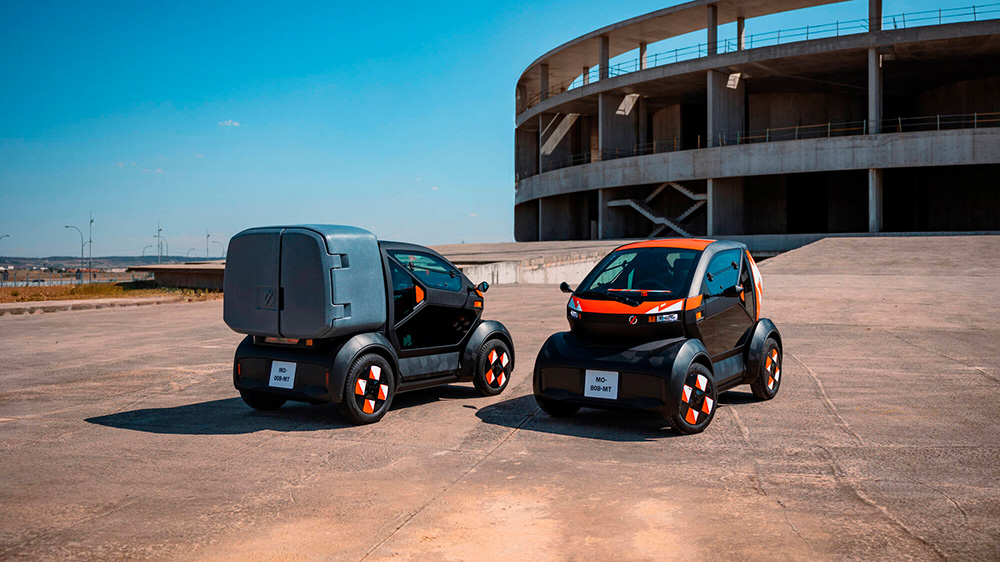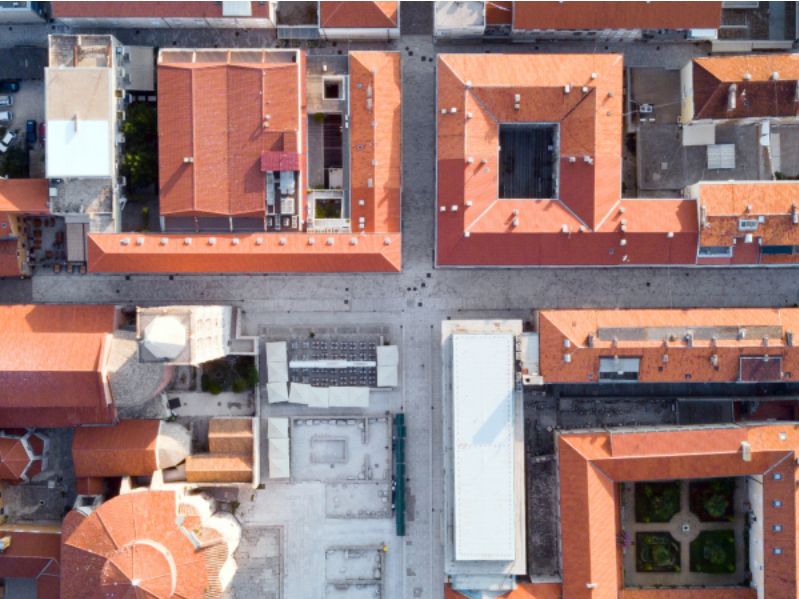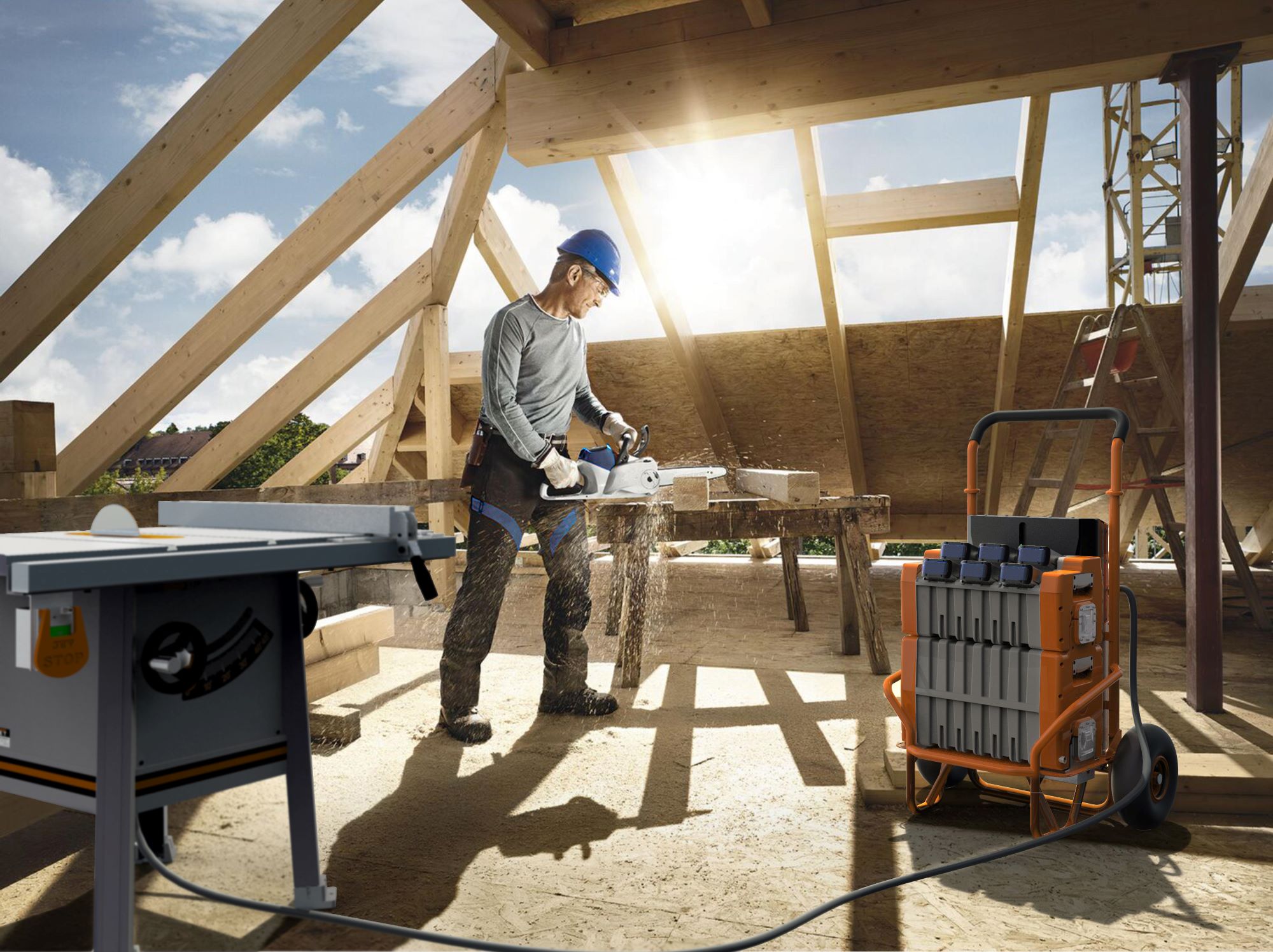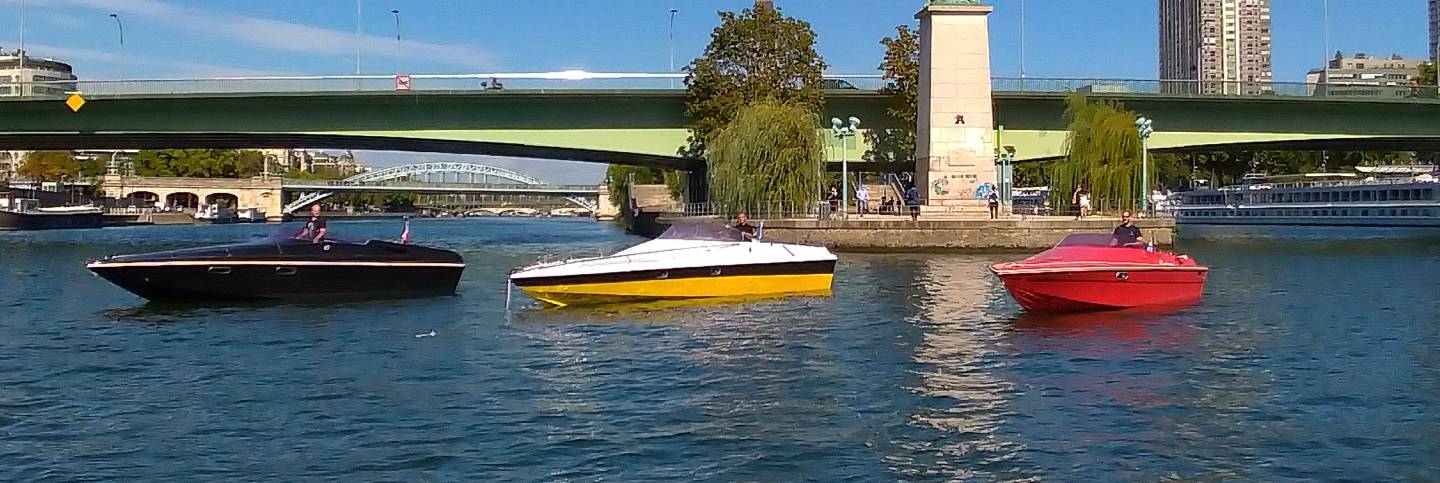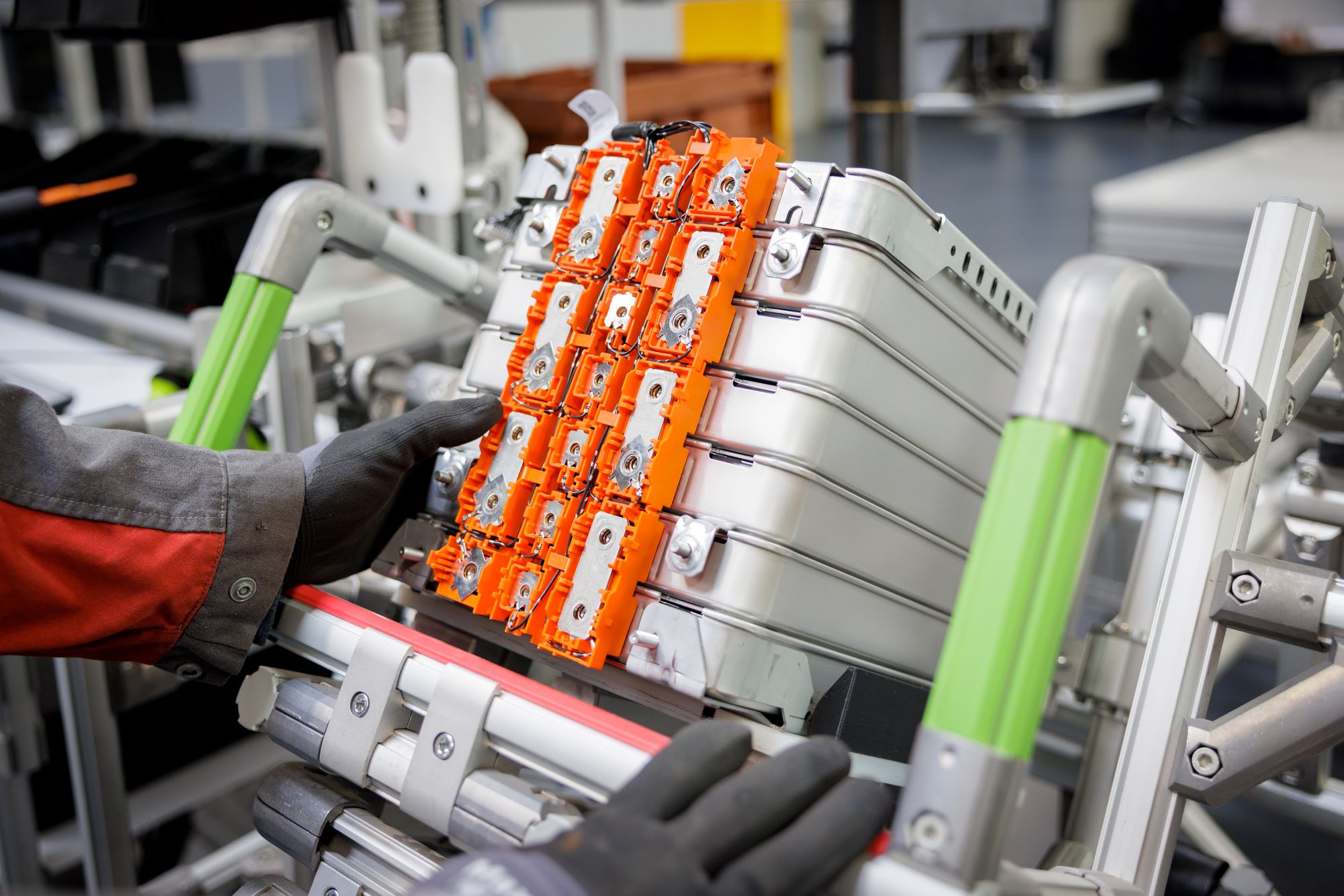bringing green electricity to the grid is possible!
When connected to each other, the batteries modulate the frequency of the grid in real time, ensuring that as much low-carbon electricity as possible is captured as soon as it is produced from intermittent renewable energy sources. Discover some of the solutions developed by Mobilize and its partners.

a new stage for the batteries of our electric vehicles
Discover the potential of stationary energy storage with Roch Drozdowski-Strehl and Yasmine Assef, interviewed by Usbek & Rica.
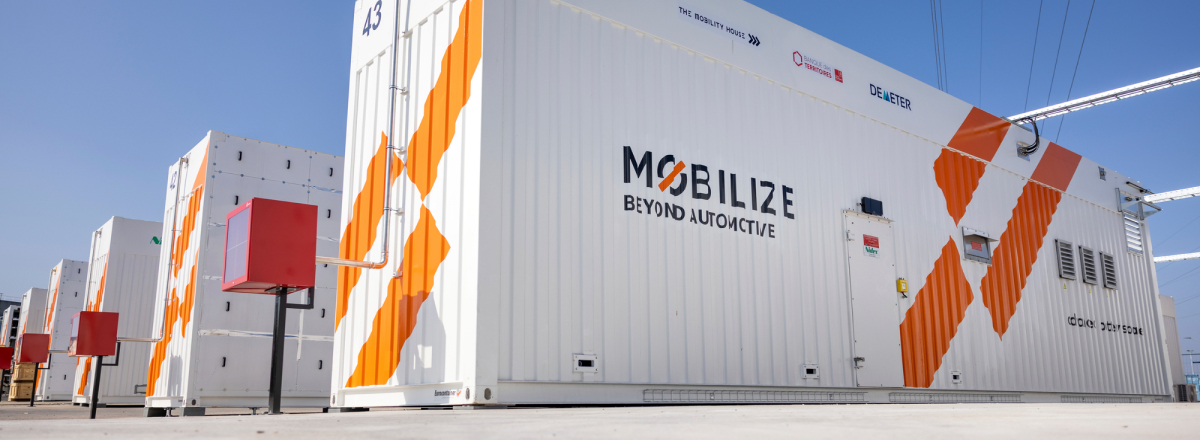
green electricity for
5,000 homes: challenge accepted
This first key figure demonstrates the potential of the major sustainable technology project known as “Advanced Battery Storage”. Other key figures are provided in this infographic!

renewable energy on a European scale
Three large-scale ‘Advanced Battery Storage’ sites have been established since the launch in 2018. The first is in Douai, in northern France, the second is in Elverlingsten, Germany, and the third is at the Refactory in Flins, near Paris. The energy transition will be European or not!
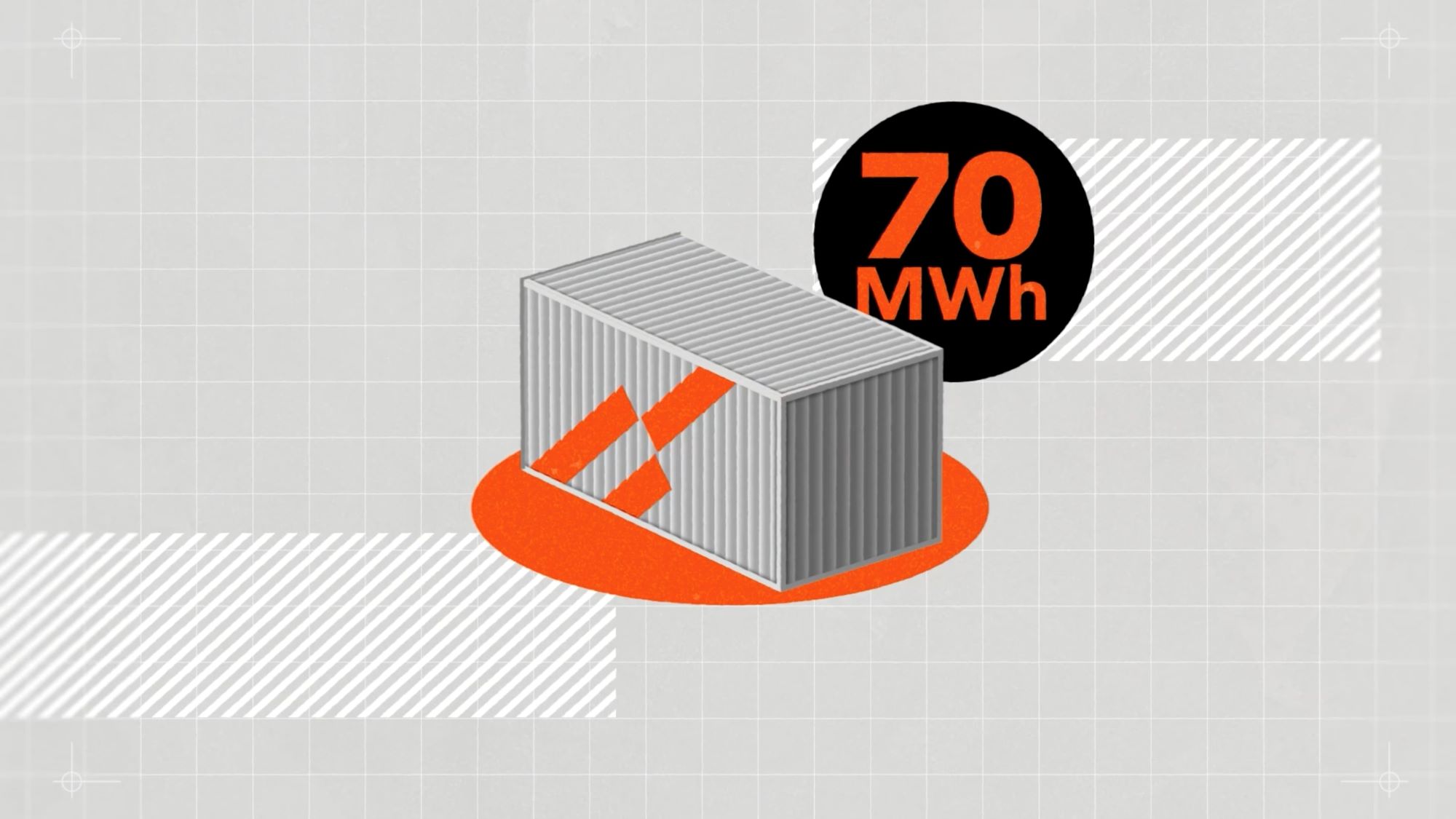
why upcycle electric car batteries?
Since 2000, the number of lithium-ion batteries being produced has increased 80-fold. Mobilize and betteries are committed to extending the lifespan and reducing the carbon footprint of these batteries. What’s the first challenge? Ensuring that batteries remain useful after having powered an electric car. They’re ideal for the second-hand market!
